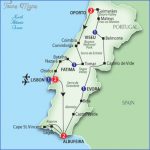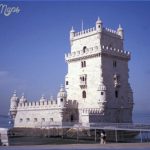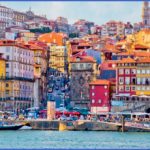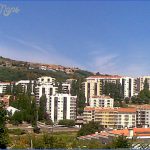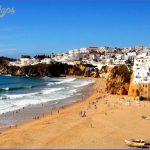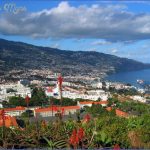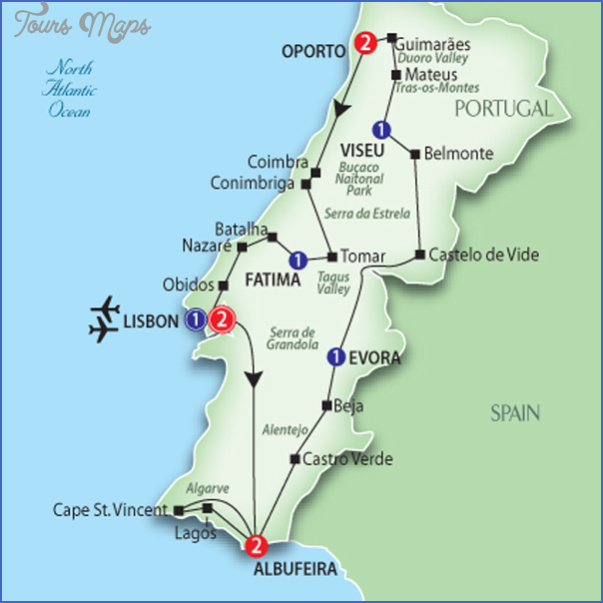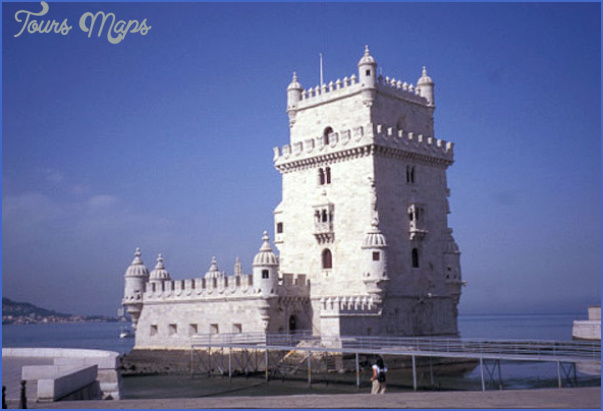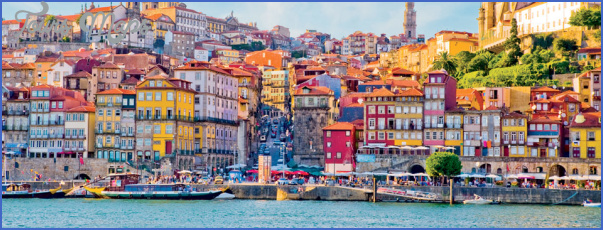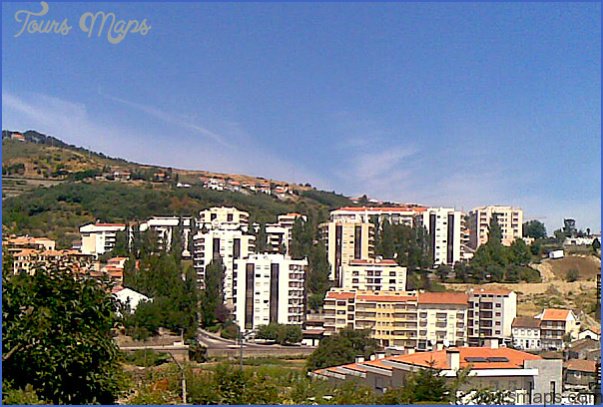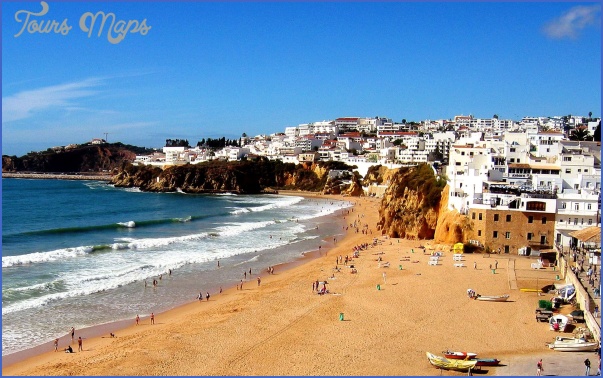TODAY
The European Union declared Portugal a full member of the EU Economic and Monetary Union (EMU) in 1999, and today the nation strives to economically equal the rest of Western Europe. In 1999, Macau, Portugal’s last overseas territory, was ceded to the Chinese.
Portugal has been a republic since 1910. The President represents the nation, serves as commander of the armed forces, and appoints the Prime Minister in accordance with the results of parliamentary elections. President Jorge Fernando Branco de Sampalo, of the center-left Socialist Party, won a second term in January of 2001. However, like many European countries, Portugal has recently swung to the right. Socialist Prime Minister Antonio Guterres resigned in December of 2001 after his party suffered heavy losses in parliamentary elections, in which the conservative Popular Party joined with the center-right Social Democratic Party and won the majority. President Sampaio then appointed Prime Minister Jose Manuel Durao Barroso as the representative of the newly merged parties. Barroso has pledged to strengthen the Portuguese economy and reduce government spending.
THE ARTS LITERATURE
Modernist poet Fernando Pessoa was Portugal’s most famous author at the turn of the 20th century. Jose Saramago, winner of the 1998 Nobel Prize for Literature, is perhaps Portugal’s most important living writer. He is best known for Baltasar and Blimunda (1982), the story of two lovers who escape the Inquisition in a time machine, and The Stone Raft (1986), a satire about Iberia’s isolation from the rest of Europe.
THE VISUAL ARTS
ARCHITECTURE. Portugal’s signature Manueline style celebrates the prosperity and imperial expansion of King Manuel I’s reign. Manueline pieces routinely merge Christian images and maritime motifs. Their rich and lavish ornaments reflect a hybrid of Northern Gothic, Spanish Plateresque, and Moorish influences. The Manueline style found its most elaborate expression in the church and tower at Belem (824), built to honor Vasco da Gama. Close seconds are the Mosteiro dos Jeronimos in Belem and the Abadia de Santa Maria de Vitoria in Batalha (824).
ON THE CANVAS. The Age of Discovery (1415-1580) was an era of vast cultural exchange with Renaissance Europe and beyond. High Renaissance artist Jorge Afonso, King Manuel’s favorite, created realistic portrayals of human anatomy. Afonso’s best works hang at the Convento de Cristo in Tomar (829). In the 20th century, Cubism, Expressionism and Futurism trickled into Portugal. More recently, Maria Helena Vieira da Silva has won international recognition for her abstract works, and Carlos Botelho has become world-renowned for his wonderful vignettes about Lisbon life.
WHEN TO GO
Summer is high season, but the southern coast draws tourists March through November. In the low season, many hostels cut their prices by 50% or more, and reservations are seldom necessary. But while Lisbon and some of the larger towns (especially Coimbra with its university) burst with vitality year-round, many smaller towns virtually shut down, and sights cut their hours nearly everywhere.
Travel to Portugal Photo Gallery
Maybe You Like Them Too
- Explore Pulau Sebang Malaysia with this Detailed Map
- Explore Southgate, Michigan with this detailed map
- Explore Les Accates, France with this Detailed Map
- Explore Góra Kalwaria, Poland with this detailed map
- Explore Gumdag, Turkmenistan with this detailed map

